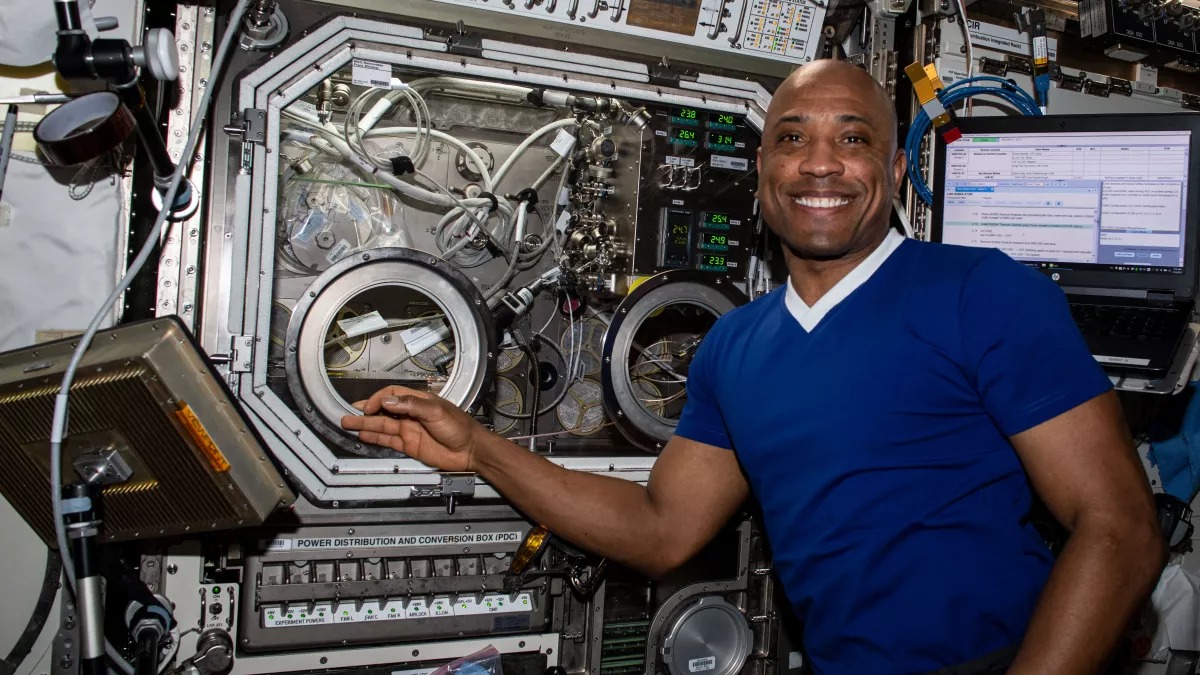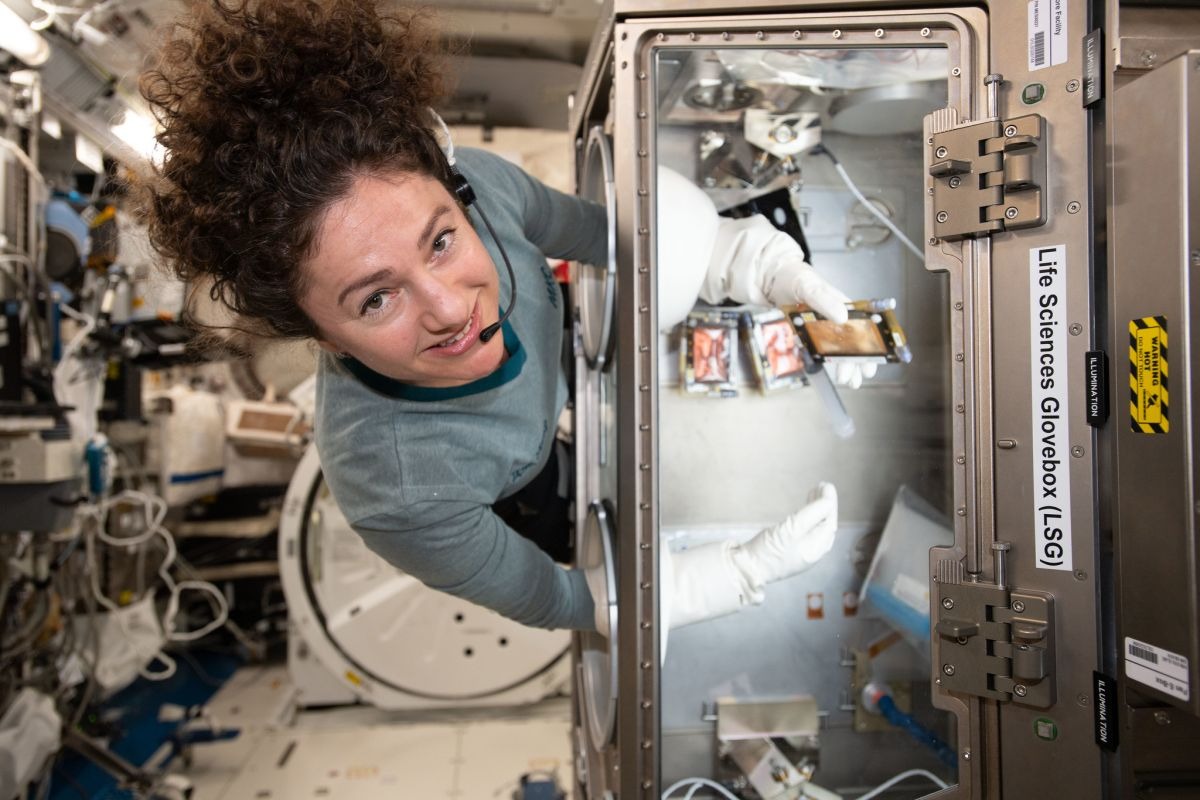During scientific experiments on the International Space Station, astronauts should be careful to protect themselves from liquids, flames or other dirt. That’s why 20 years ago NASA sent special equipment to the ISS to safely conduct these complex studies. Microgravity Science Glovebox (MSG) celebrated its 20th anniversary in July.

The shelf-sized MSG is a sealed device located in the US Destiny laboratory module. The device allows conducting complex laboratory experiments in a small space. According to the agency, it has two levels of protection so that astronauts can explore potentially dangerous substances such as flames, aerosols, bacteria and more.
The results of using MSG are numerous and diverse. They include experiments to support more scientific and biological work or research on protein clusters that may be associated with the treatment of Alzheimer’s disease. MSG even used human parasites’ ascarids to study the risk of infection of astronauts during the flight. But most often, the capabilities of MSG are used to study burning and the properties of liquids. Understanding how fire and liquids behave in microgravity is a key safety measure for planning a deep exploration of the Solar System.
Microgravity Science Glovebox is not the only autonomous hermetic device for experiments on board the ISS. Another example is the Japanese Life Sciences in the Kibo module, optimized for bioisolation and waste control. But this is a newer model and a little smaller in size.

The life of the equipment was planned for only 10 years, recalls Chris Butler, manager of payload integration for the glove compartment at NASA’s Marshall Space Flight Center. But after modernization, it was certified until 2030.
Earlier, NASA decided to increase the number of scientists on the ISS.
Follow us on Twitter to get the most interesting space news in time
https://twitter.com/ust_magazine

